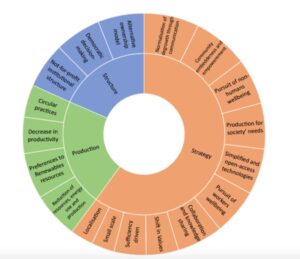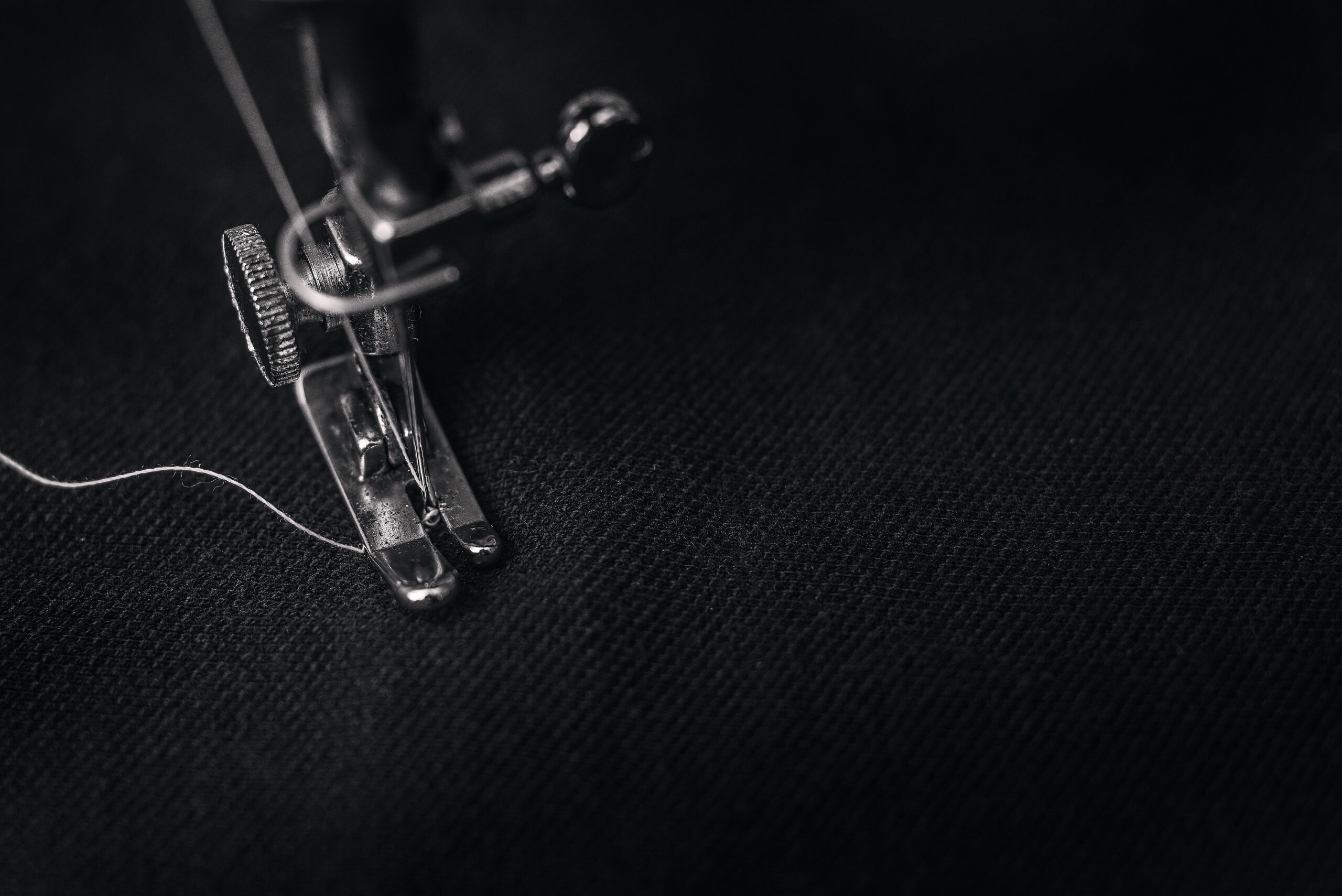The textile industry, responsible for disastrous impacts on the environment is challenged by its growth-driven model. The numerous efforts undertaken do not seem to be enough. To slow down the sector, degrowth could be the answer but requires guidance and support.
While it’s not necessarily in everyone’s mind the Fashion industry is a considerable contributor to global warming, accounting for more than France, Germany and the UK combined. Every year, the industry is generating an incredible amount of waste, more than 92 million tonnes destined for incineration or landfill. Despite its enormous impact, the sector is continuously growing, the production doubling over the past 15 years. While the sector would need to halve its carbon emissions by 2030 to align with the Paris Agreement target, its emissions are in reality expected to increase by 60% in the meantime. Pressurized by public opinion and upcoming regulations, the industry turns its head towards the circular economy.
Will the circular economy be enough?
The circular economy offers an attractive solution to the fashion sector. A circular system consists of closing down the loop, avoiding the creation of waste as much as possible. Ideally, it can allow decoupling of the revenues from the consumption of finite resources. However, the fast rate of consumption growth outpaces the savings in resource use by two to three times. Moreover, circular business models emerging in the sector, such as reuse and rental fail to prevent over-consumption patterns. It can even become a communication tool used by brands to permit people to shop free of guilt. Even though the circular economy improves the efficiency in the use of resources, the concept is limited by its inability to deal with over-consumption and effectivity reduce its joined environmental impacts.
How can degrowth be implemented in a business model?
As highlighted in Earth Logic, the textile industry needs a new economic paradigm, able to slow down the consumption pace and downsize the fashion economy. The degrowth movement challenging the economic growth-driven model opens a window toward the radical change sought in our economic system. Degrowth is defined as a: “Equitable downscaling of production and consumption that increases human well-being and enhances ecological conditions at the local and global level, in the short and long term.”
For a business to approach degrowth several principles can be put under practice as described in the framework underneath.

1: Framework for businesses approaching degrowth, with characteristics divided into 3 categories
The framework entails principles applicable to the strategy, structure, and production choices the firm can take. Already, some rare firms in the textile industry are showing compatibility with a degrowth business model demonstrating its feasibility. For example, it is the case for companies structured as cooperatives.
Is European policy going in the right direction to slow down the sector?
Despite the urge to act, the EU textile strategy published on 30 March 2022, fails to address the overproduction problem correctly in the light of its consequences. Legal instruments proposed are focusing on regulations at the product level, leaving the volume of production untouched. Overall, there Is a lack of support and incentives for driving a shift towards sustainable business models, preferably aligned with degrowth.
Written by Mary Hallaert

